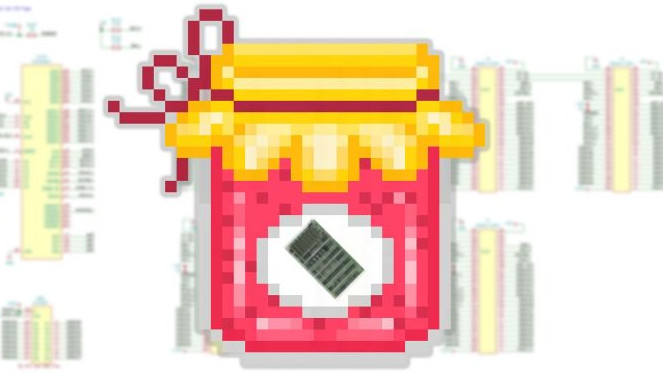Vintage parts may be documented, but that doesn’t mean they’re particularly useful or accessible. If the phrase “eyestrain from unsearchable, badly-scanned PDF datasheets” makes your lower eyelid twitch in sympathy, read on.
While [Bald Engineer] was researching how he might make a portable Apple II, he was delighted to find that the vintage components he needed to examine were documented. However, he became frustrated with the seemingly endless number of poor quality PDF scans and the inability to search effectively. He decided to re-create the entire Apple IIgs schematic in KiCad, and in the process the Bit Preserve project was born. The goal is to act as a safe haven for modern and editable versions of vintage electronic schematics. The GitHub repository can be found here.
[Bald Engineer] talks a bit about his Apple II project, as well as the ideas behind the Bit Preserve project in his KiCon 2019 talk “Preserving History with KiCad”. KiCon was wild, and we have loads of photos of the projects and details so be sure to check it out.
















A worthy project. A good idea would be for many as possible, to keep copies of the files in their possession, just in case something ends the project without warning. I found a scan of a Sinclair duplexer for a LMR repeater. Who made the scan failed to dust off the glass. That eyelash got to me , where I “had” to fix it. Just glad the document was’t a 100+ pages. Surely there are tools that can be used to clean up scans easily, understanding, the are pretty poor scans out there.
Schematics is one thing, it would be also nice to have a central repository of decaps of vintage chips. Who knows maybe in the future there would be a way to semi-automatically convert them to netlists…
Maybe put some of that deep learning to use? It seems to be used for plenty of things.
Great idea! Bonne chance chauve.
Very good project, but quite hard to do without a good toolchain and community support.
KiCAD is, well, not perfect for reverse engineering. Impossible to place background so alt-tab back and forth. Moving components on schematics causes a mess or forces you to re-arrange connections. Moving a component in a PCB so that tracks do not need to be re-aligned has been removed in version 5 (why?).
Not talking about schematics themselves. There are various revisions and sometimes various versions of the same schematic. There are lots of errors in these schematics. Simple consensus on what to re-design will be a problem.
And finally, trying to do anything with Amstrad’s PC schematic is a living nightmare – a single sheet contains a loose bunch of unrelated chips with labeled pins, a few connections and there are few tens of these sheets. Fortunately older of these contains additional information what sheet to look for the other side of the connection, the newer do not have it.